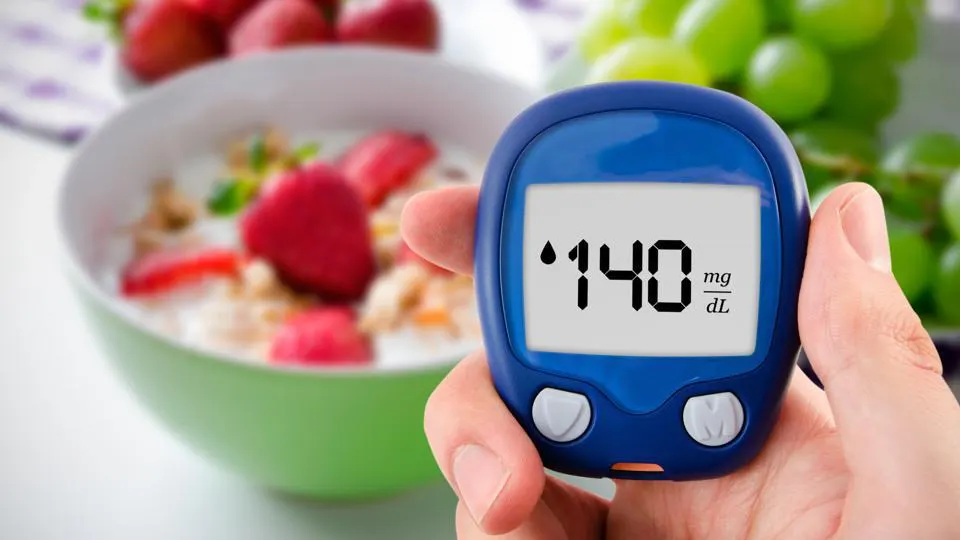Keeping track of your blood sugar levels is important, especially as you age or if you’re at risk of developing metabolic conditions. While high blood sugar levels (also known as hyperglycemia) are most commonly associated with diabetes, they can also be a temporary reaction to various factors. Recognizing the symptoms early and taking appropriate action can help prevent complications and support overall health.
What Can Cause High Blood Sugar?

Several factors may contribute to elevated blood sugar levels, including:
- Lack of physical activity
- Stress or illness
- Skipping or not adjusting medications properly (for people with diabetes)
- Eating large amounts of high-carbohydrate foods
- Certain medications such as steroids
Note: Temporary increases in blood sugar do not automatically mean a person has diabetes. However, repeated or persistent hyperglycemia should be discussed with a healthcare provider.
Common Symptoms of High Blood Sugar

If you experience any of the following symptoms, it may be a sign that your blood sugar is elevated:
- Frequent urination
- Increased thirst
- Fatigue
- Blurred vision
- Slow-healing cuts or wounds
- Frequent infections
- Unexplained weight loss
- Dry mouth
These symptoms may vary depending on the individual and the severity of the hyperglycemia. If they persist, it is essential to consult with a healthcare professional for proper diagnosis and treatment.
Managing Blood Sugar Through Diet

One of the most effective ways to help regulate blood sugar is through careful dietary choices. The glycemic index (GI) is a useful tool that measures how quickly certain foods raise blood sugar levels. Foods with a low GI (55 or lower) are digested more slowly and are less likely to cause rapid spikes in blood sugar.
Here are examples of low-GI foods:
- Eggs
- Non-starchy vegetables (e.g., broccoli, carrots, peas)
- Legumes (e.g., hummus, lentils)
- Most fresh fruits (e.g., cherries, grapefruit, apples)
- Yogurt (unsweetened)
- Nuts and seeds
Moderate-GI foods (56–69) include:
- Brown rice
- Oatmeal
- Whole wheat pasta
- Sweet potatoes
- Some tropical fruits like pineapple and bananas
High-GI foods (70 and above), which should be limited if you are managing blood sugar, include:
- White bread
- White rice
- Sugary cereals
- Soft drinks and candies
- Baked potatoes
Important Note:
The glycemic index is a general guideline and can vary depending on portion size, how the food is prepared, and what it’s eaten with. It’s also important to focus on overall eating patterns rather than individual foods alone.
Conclusion
Monitoring and managing blood sugar levels is an essential part of maintaining good health. Recognizing early symptoms of high blood sugar and making thoughtful lifestyle choices — including regular physical activity and a balanced, low-GI diet — can help reduce risks of complications. If you are concerned about your blood sugar levels or experience ongoing symptoms, speak with a qualified healthcare professional for accurate diagnosis and personalized guidance. Always avoid self-diagnosing or relying on unverified home remedies, and prioritize evidence-based approaches to health and wellness.